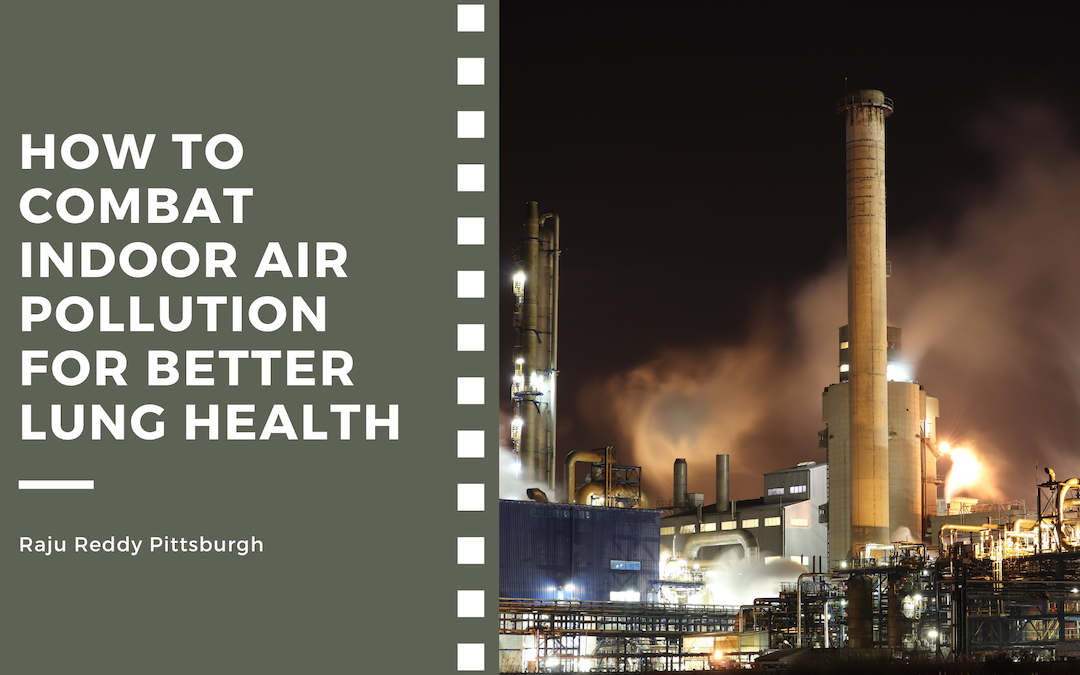In our modern, fast-paced lives, we often forget to pay attention to an essential aspect of our well-being: the air we breathe indoors. The air we inhale within the comfort of our homes can significantly impact our lung health. Poor indoor air quality is a silent threat, potentially triggering or exacerbating respiratory problems, including asthma and allergies. To combat indoor air pollution and safeguard our lung health, we must take proactive steps to improve the air quality within our living spaces.
- Invest in Air Purifiers:
Air purifiers are a simple yet effective tool for removing harmful particles from the air. Look for models with HEPA filters that capture fine particles, including dust, pollen, pet dander, and viruses. Position the purifier in your home’s most commonly used rooms to ensure the air you breathe is clean and healthy.
- Proper Ventilation:
Good ventilation is vital to maintaining healthy indoor air. Open windows regularly to let in fresh air to circulate. Utilize exhaust fans in kitchens and bathrooms to reduce humidity and remove indoor pollutants. Proper ventilation helps prevent the buildup of toxic gases and mold.
- Regular Cleaning:
Dust, dirt, and allergens can accumulate on surfaces throughout your home. Regular cleaning and dusting can significantly reduce indoor air pollution. Utilize a vacuum cleaner with a filter to effectively trap small particles, and wash bedding and curtains to eliminate dust mites and allergens.
- Reduce Chemicals and Toxins:
Considerable household products contain harmful chemicals that can contribute to indoor air pollution. Opt for natural or low-VOC (volatile organic compound) alternatives when choosing cleaning products, paints, and furniture. These alternatives can help reduce the release of toxic fumes into the air.
- Maintain a Smoke-Free Environment:
Smoking indoors is one of the most significant sources of indoor air pollution. If you or anyone in your household smokes, consider quitting or designate an outdoor smoking area. This simple step can significantly improve the air quality within your home.
- Monitor Humidity Levels:
Heightened humidity can lead to mold growth, while low humidity can dry out mucous membranes in your respiratory system. Keep indoor humidity between 30% and 50% to create a comfortable and healthy environment.
- Greenery and Natural Air Purifiers:
Certain houseplants, such as snakes, spiders, and peace lilies, can assist in purifying the air by absorbing pollutants.
- Regular HVAC Maintenance:
If you have a central heating or cooling system, change filters regularly and have your system serviced annually. A well-maintained HVAC system can help filter out airborne pollutants and sustain a healthy indoor environment.
Taking these steps can significantly combat indoor air pollution and ensure better lung health for yourself and your loved ones. Clean, fresh indoor air contributes to a healthier and more comfortable living space, and it’s an investment in your long-term well-being. Don’t underestimate the power of breathing clean air; it’s one of the most crucial steps you can take towards a healthier life.

